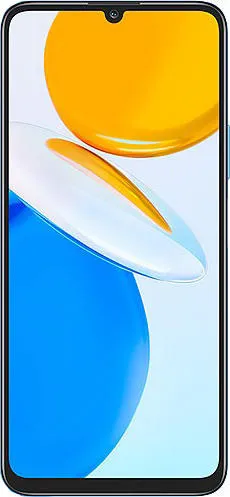Let's dive into a user-centered comparison of the Honor X7 and the Honor Magic V2, moving beyond mere specs to uncover the stories these devices tell about the user experience.
Design and Usability Assessment
| Feature | Honor X7 | Honor Magic V2 | User Experience Impact |
|---|---|---|---|
| Interface Design | Standard smartphone UI | Foldable UI with split-screen and app continuity | Magic V2 offers a transformative, multitasking-focused experience. X7 provides a familiar, single-screen interaction. |
| Interaction Flow | Traditional touch-based navigation | Touch and fold-based interactions | Magic V2 introduces new interaction paradigms, potentially increasing complexity but also expanding possibilities. |
| Accessibility Features | Standard Android accessibility options | Potentially enhanced accessibility due to form factor | Larger screen of the V2 may benefit visually impaired users. Foldability could create unique accessibility challenges and opportunities. |
| Design Ergonomics | Traditional smartphone ergonomics, lighter weight | Foldable design, heavier, larger when unfolded | X7 prioritizes portability and one-handed use. V2 offers expanded screen real estate but compromises portability and single-hand comfort. |
Narrative-Driven Feature Exploration
The Honor X7: The Everyday Companion: Imagine a student needing a reliable phone for communication, social media, and casual browsing. The X7's lightweight design slips easily into a pocket, and the long-lasting battery ensures they stay connected throughout the day. It's a practical, no-frills device that focuses on core smartphone functionalities without the added complexity.
The Honor Magic V2: The Productivity Powerhouse: Picture a young professional constantly on the go, juggling multiple projects and needing a device that adapts to their dynamic workflow. The Magic V2 unfolds to reveal a tablet-sized screen, enabling seamless multitasking and immersive content consumption. Its powerful processor handles demanding tasks effortlessly, transforming the device into a mobile office.
Inclusive Technology Evaluation
For the budget-conscious user or someone prioritizing simplicity: The Honor X7 offers excellent value. Its familiar interface and ease of use make it accessible to a wider range of users, including those less tech-savvy.
For the power user seeking innovation: The Magic V2 caters to those who embrace cutting-edge technology. Its foldable design opens new possibilities for productivity and entertainment, but requires a higher investment and adaptability to a new interaction paradigm.
Design-Centric Decision Framework
The choice between these devices hinges on individual priorities:
- Prioritize portability and affordability? The X7 is the clear winner.
- Desire a device that pushes technological boundaries and enhances productivity? The Magic V2 offers a transformative experience.
My Choice:
I would choose the Honor Magic V2. While the X7 offers a solid foundation in smartphone functionality, the Magic V2 embodies the spirit of innovation that excites me as a technology communicator. Its foldable design represents a significant shift in user experience, opening up a world of possibilities for mobile computing. The challenges and opportunities presented by this new form factor are precisely what make it compelling. I am eager to explore the evolving narrative of foldable devices and how they reshape our interaction with technology. The Magic V2, despite its higher price and potential learning curve, offers a glimpse into the future of mobile, and I am excited to be a part of that journey.

